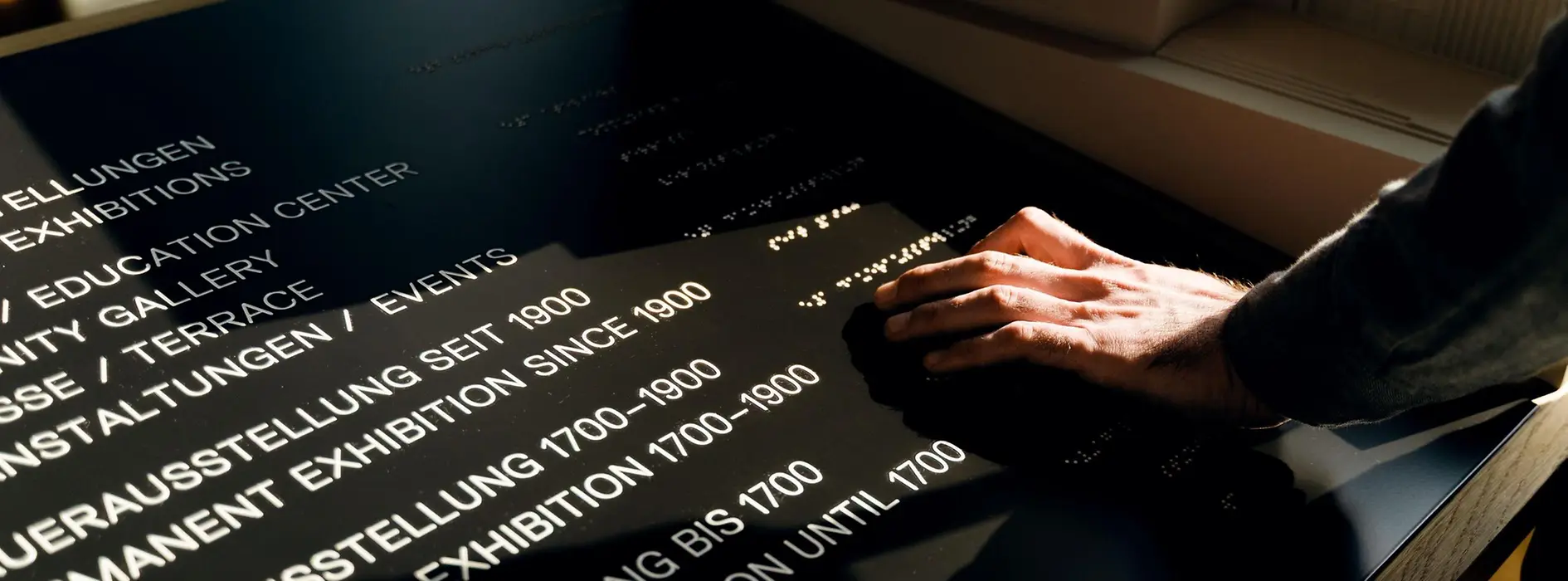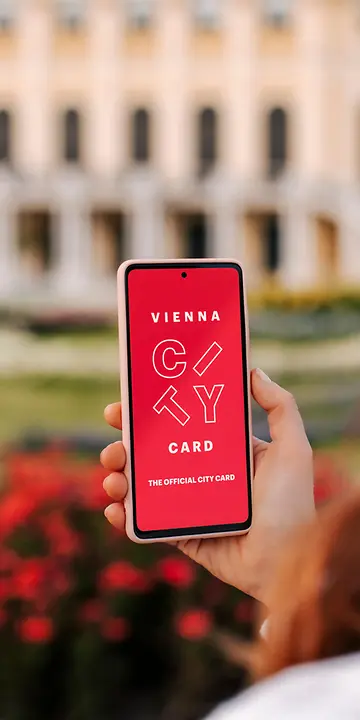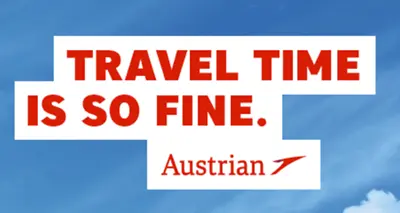Declaration of accessibility
This declaration of accessibility applies to the websites wien.info, b2b.wien.info, meeting.vienna.info and experts.wien.info.
Status of compatibility with the requirements
These websites comply to a high degree with conformance level AA of the "Web Content Accessibility Guidelines - WCAG 2.1" or with the applicable European standard EN 301 549 V2.1.2 (2018-08). Even beyond the legal requirements, the Vienna Tourist Board is very keen to make its digital products accessible. Below you will find information about incompatibilities and exceptions to conformance level AA of the "Web Content Accessibility Guidelines - WCAG 2.1" or with the applicable European standard EN 301 549 V2.1.2 (2018-08).
WACA Certificate
The websites wien.info, b2b.wien.info and meeting.vienna.info are certified by WACA:
Accessible websites
The basic idea behind the internet is that of universal access. To facilitate proper access for people with sensory impairments, our websites have been created to the internationally applicable standards of the World Wide Web Consortium (W3C). This also includes the guidelines for accessible internet (WCAG 2.1).
- The text can at least be doubled in size. To do this, use the browser menu or the keyboard shortcut CRTL + "+".
- The contrasts correspond to the values that are still easily legible for color-blind or older people. Individual settings are possible as required, such as reading with inverted colors for sensitivity to glare.
- Videos with spoken text are offered with subtitles.
- The website can be used without a graphic interface and without a mouse. It can be operated with assistive technologies, which are used for motor disabilities. Navigation support is available for keyboard and screenreader users, which translates digital content into Braille script and/or is read aloud with speech output. The integrated media player is fully keyboard controllable.
- The website contents are structured so that they can also be understood by blind users with screenreader or Braille display. Amongst other things, reference is also made here to the WAI-ARIA standard currently under development.
Non-accessible content
The content listed below is only accessible with restrictions for the following reasons:
a) Incompatibility with the accessibility regulations
The websites of the Vienna Tourist Board are continually undergoing further development in order to be able to respond to the needs of guests and customers on an ongoing basis. In the development process, great attention is paid to barrier-free implementation from the outset with the involvement of experts, but experience has shown that deficiencies still occasionally arise during development. The Vienna Tourist Board endeavors to correct any deficiencies that arise as quickly as possible and to put them online during the ongoing process.
- The cookie banner can be left with VoiceOver if a YouTube video is embedded on the page (WCAG 2.1 success criterion 1.3.2). A 2-click solution for playing videos is being worked on (implementation by mid 2025). The cookie banner itself is a third-party tool, see section c).
- Slider elements, such as those used in image galleries on the websites, move in rare cases when the keyboard is used, so that the gallery is no longer displayed optimally. The problem is caused by an outdated library for the slider. An update of this library is scheduled for 2025 and it can be assumed that this problem will no longer occur then.
- For forms, mandatory fields are marked with "*" in the headline. The meaning of "*" is explained above the form. A better solution for displaying mandatory fields is currently being evaluated.
- The heading hierarchy is sometimes irregular (WCAG 2.1 success criterion 1.3.1), but from our point of view semantically correct and comprehensible. Since articles are created editorially and can contain many different components, under certain circumstances it can happen that heading hierarchies do not always make sense and therefore the structure of the article is more difficult to understand especially for users who use assistive technologies. The editors were sensitized and trained accordingly.
- Filter Widget: If something is selected in the filters in the filter widget (e.g. on the "Search for accommodation" page at the bottom), the screen reader announces the selection twice in a row (WCAG 2.1 success criterion 1.3.1). A possible solution is being evaluated. If a filter is selected in the filter widget in the "Features" area and user-defined text spacing is activated, the "Features" label is cut off (WCAG 2.1 success criterion 1.4.12). A possible solution is being evaluated.
- Filter lists: The Vienna Tourist Board refers to filter lists as lists of elements that can be filtered and sorted using adjustable filter criteria (examples: venue finder, list of accommodations). The filter lists are currently being gradually revised and the existing barriers are being removed until mid-2025.
Possible editorial restrictions on accessibility:
- The contrast of the headline on an image may not be always sufficient (WCAG 2.1 success criterion 1.3.1). Images can be darkened editorially if a headline is above them so that sufficient contrast can be guaranteed. Nevertheless, it can happen in everyday editorial work that the background image is not optimally selected or darkened, resulting in insufficient contrast. In the majority of such cases, however, only minimal areas of the font are affected, so that good readability is usually guaranteed. The editors were also sensitized and trained accordingly.
- The alternative texts for images (this often affects images that are uploaded in bulk and then used in a gallery) are sometimes not optimally chosen (WCAG 2.1 success criterion 1.1.1), as the editorial workflow is much faster here if more general alt texts are chosen that are valid for all images in the upload process. Nevertheless, awareness in this regard is still being promoted and information events are being offered to editors in order to provide good alternative texts for all pictures used on the websites.
- Transcriptions for audio files will be provided as soon as possible after the audio files are published (WCAG 2.1 success criterion 1.2.1), but these are not currently positioned directly next to the audio player. Work is underway to better position the link to the transcript directly next to the audio player (planned implementation by mid-2025).
- Videos are usually provided with editorially created subtitles. However, sometimes only automatically generated subtitles are provided, and the quality of these could be better (WCAG 2.1 success criterion 1.2.1). This is the case, for example, when videos have to be put online quickly after events. In such cases, the editorially created subtitles are added as quickly as possible.
b) Disproportionate burden
- Videos on the websites do not have audio description (WCAG 2.1 success criterion 1.2.5). They only contain automatically generated transcripts. The videos can be considered additional content because the information provided is also available in text form on the website. Audio description is not easily possible on YouTube. We believe that correcting this would represent a disproportionate burden in terms of the accessibility regulations.
- PDFs of print publications can be downloaded from the websites. They are not completely accessible. Here, too, content is presented that is also summarized directly on the website. For newer publications, we endeavor to implement accessibility requirements. For older publications, the effort represents a disproportionate burden in terms of the accessibility regulations.
- In individual cases, empty areas are focused on using arrow navigation (WCAG 2.1 success criterion 1.3.2). Fixing this would be technically very complex, which is why we believe that fixing it would represent a disproportionate burden in terms of the accessibility regulations.
c) The following content does not fall within the scope of the applicable legislation
- Documents (office application formats such as PDF and Office documents) published before September 23, 2018 are available for download on the website. They are not administratively relevant and therefore do not fall within the scope of the applicable legislation.
- The videos made available on the platform are mostly hosted and published on Youtube.com. Videos published before September 23, 2020 do not fall within the scope of application.
- Content and tools from third parties (examples: chat and contact tool, PowerBI dashboards) that are not within the sphere of influence of the Vienna Tourist Board are exempt from Directive (EU) 2016/2102. No statement can be made about the compatibility of this third-party content with the accessibility regulations. Nevertheless, it is important to mention that the Vienna Tourist Board endeavors to use a solution that is as accessible as possible for all third-party integrations and also informs manufacturers of products used of any accessibility deficiencies identified.
Creation of this declaration on accessibility
This declaration was created on September 23, 2020 and last updated on January 28th, 2025.
Feedback and contact information
The offers and services on this website are continuously being improved, replaced and expanded. Operability and accessibility are important factors for us.
New page content is regularly checked by the web editorial team during publication.
If you come across barriers that hinder your use of our website – problems that are not described in the declaration, failures regarding compliance with the accessibility requirements – then please let us know by sending us an email.
We will check your inquiry and contact you at the earliest opportunity.
Please send all messages and suggestions to us at info@vienna.info with the subject "Notification about a barrier on the website [please mention affected website]". Please describe the problem and list the URL(s) of the affected website or document.
Contact:
Vienna Tourist Board
Invalidenstrasse 6, 1030 Vienna
Tel. +43-1-211 14-0
Email: info@vienna.info
Enforcement procedure
If you are not happy with the response you receive from the contact shown above, you may lodge a complaint with the FFG (Austrian Research Promotion Agency with limited liability). The FFG will receive your message via the contact form of the complaints body by electronic means.
The complaints will be thoroughly checked by the FFG for whether they concern violations against the provisions of the Web Accessibility Act, in particular failure by the government or an institution attributable to it to comply with the accessibility requirements.
If the complaint is justified, the FFG must make recommendations for action to the government or the legal entities concerned and propose measures that serve to remedy the failures in question.
Further information on the complaints procedure:
https://www.ffg.at/barrierefreiheit/beschwerdestelle




